DON’T MISS OUT ON
ANY Project Updates
– SIGN UP FOR OUR
NEWSLETTER Now.
P.S. It’s only available in German for now.
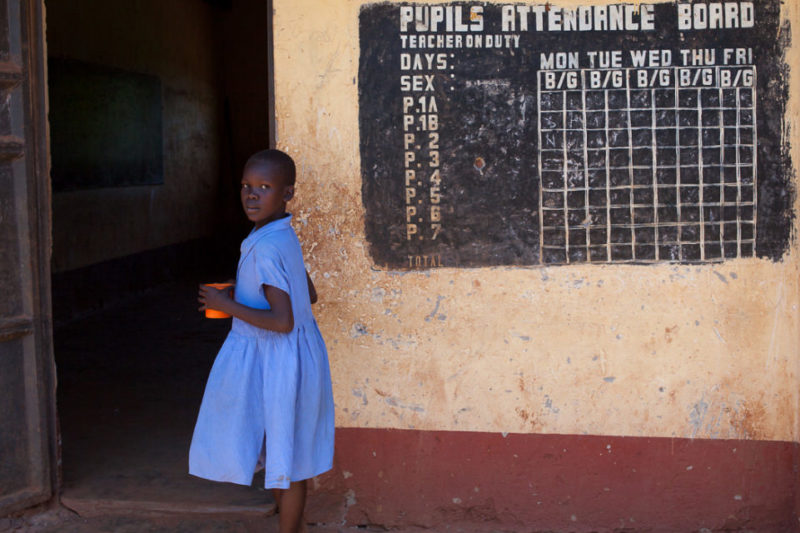
Nakibanga, Mukono District, Uganda
Projectstart: 2019
Achieved goal:
Achieved goal:
Our project Nakibanga Primary School is located in Central region of the eastern African state Uganda. At this public school 400 students are taught by nine teachers free of charge. The school, which was built in 1950, is in need of new classrooms, equipment and most importantly sanitary facilities. That is why we started constructing new latrines in 2019 and established a safe water supply in 2020 by building a well with a hand pump. To prevent teachers from leaving, we built accommodation for them in the next step. Additionally, we are planning to build a little unit with administrative rooms so that organizational processes at school could be optimized. For a sustainable capacity development in Nakibanga, we are planning to offer trainings to our target group and project partner.
Uganda is a landlocked country with borders to South Sudan and the Democratic Republic of Congo, that both can be considered as crisis regions. In the south, the country borders on Lake Victoria. The 35 million inhabitants of Uganda speak over 40 languages and dialects. English and Swahili are the official languages. Uganda’s history is tainted by longstanding and violent military dictatorships that cost more than hundreds of thousands of lives after the decolonization and independence of the country in the 70s. The armed conflicts continued until the year 2006. On top of this, an HIV-epidemic spread over the country in the 80s claiming people’s lives until today. The number of Uganda’s orphan children has risen ever since. A third of them lost their parents to this epidemic.
After our project at the St. John Bosco School in Katosi, our new project Nakibanga Primary School in central Uganda is already our second in the country. The school is attended by 215 boys and 243 girls aged from 4 to 17. Three female and six male teachers give classes to about 458 students for free since the Nakibanga Primary School is a public school and often the only provider of education for the children from economic weak backgrounds in these areas.
Even though a church is the owner of the school’s property and founded it originally in 1950, the school itself is non-denominational today. At our baseline assessment at the end of 2018, the school had three sparsely-furnished classroom blocks each containing two to three classrooms. Also, there were some old latrines, a kitchen and two houses intended for the teachers. All buildings were in a ruinous state and partially in danger of collapsing. For this reason, only two of the three blocks were in use, which led to two grades needing to be taught in one room at the same time. Due to a lack of necessary equipment such as school benches, classes had to be held in an environment that was neither supporting the student’s concentration nor creating an appropriate learning atmosphere.
The condition of the sanitary facilities was also unacceptable. There was only one unhygienic latrine available for all students and teachers. The lack of sanitary facilities wasespacially a problem for girls in regards to their monthly period. On top of all of these impediments, the access to clean water was also very limited. Due to a lack of a well at the school, the students either had to walk to the well in the village to get their water, or use dirty or no water, which favors the outbreak of several diseases.
In 2019, together with our local partner KIDA, we started building two new gender-separated sanitary facilities, each with six stalls. Accompanying the opening of the two facilities, WASH-workshops were held by Viva con Agua Kampala to teach the children basic hygienic rules in a playful manner. For further hygienic improvements, we built lavatories for girls in 2020 to guarantee that they have a safe, hygienic and private place during their period. To ensure access to clean water we had to take water samples to examine the quality of the water and find the perfect spot for a well that could provide clean water for the school. Finally, we were able to built a hand-operated well on the school ground. At this point we would like to thank Viva con Agua de Sankt Pauli for making this step possible.
Another problem we addressed was that the buildings were in danger of collapsing and were not large enough. At first, we had planned to construct a new building and renovate the other two existing building. During the renovation process, it turned out to be more cost-efficient to tear down one of the buildings and rebuild. Finally, two new buildings, with three classrooms each, were built and one building with two classrooms was renovated. They were finished in January of 2020. All the buildings were newly furnished since the old furnishing were partly broken and unusable. For this sake, we provided wooden beams which some of the parents then processed to new tables and benches.
Long commutes and difficult terrain are factors that can contribute to teachers deciding to quit their positions at a school. To prevent this, we built two teacher accommodations. The two houses, separated by gender, were handed over to the school management in July 2020 with in a small ceremony.
Ultimately, we are planning on building a small administrative unit for the school management and teachers so organizational processes can take place more efficiently at school.
As soon as the situation (currently affected by the COVID-19 pandemic) allows it, we would like to offer workshops for students, teachers and parents and establish a committee that finds and implements methods for a long-lasting upkeep, maintenance and – if needed – repair of the buildings. In addition, we are planning training courses for our project partner to support and professionalize them in matters of project organization, monitoring and impact measurement.
All these measures contribute to a better school quality leading to a more focused learning. This contributes to our main goal, the fourth SDG of the United Nation’s Agenda for sustainable development: ensuring inclusive and equitable quality education and promoting lifelong learning opportunities for all.
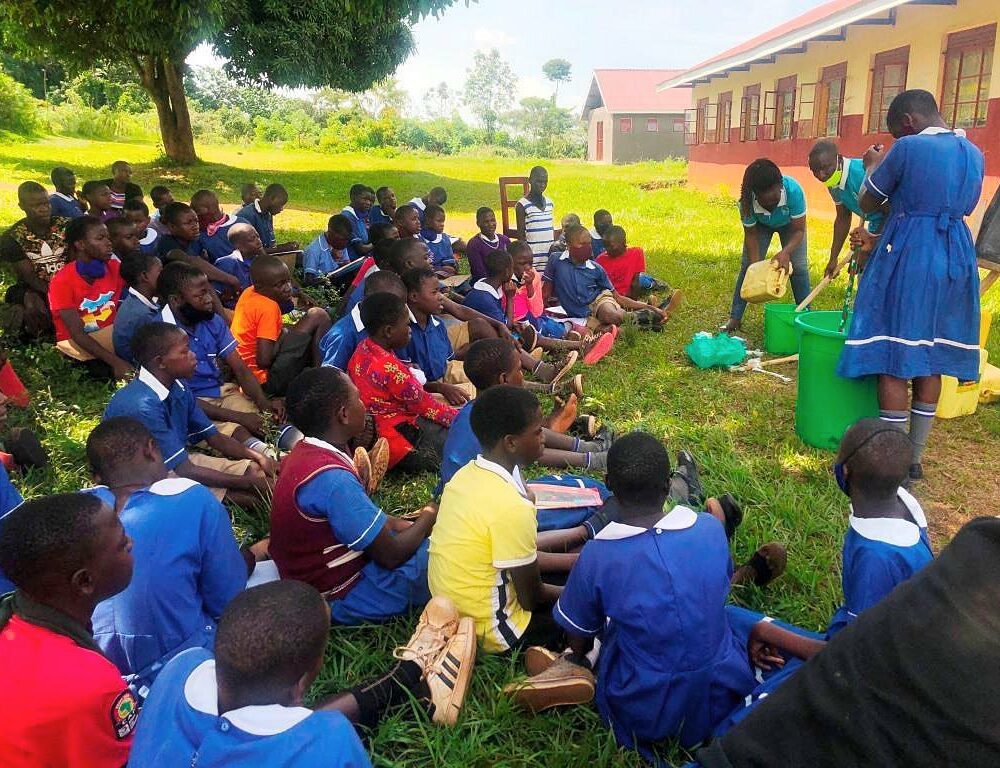
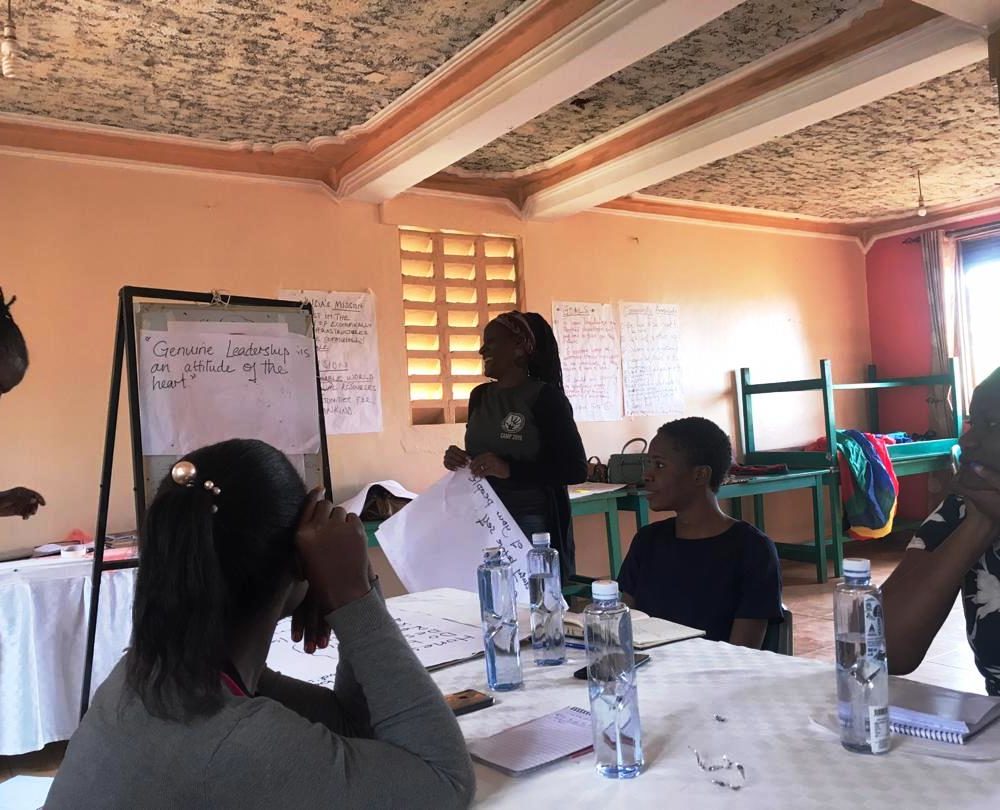
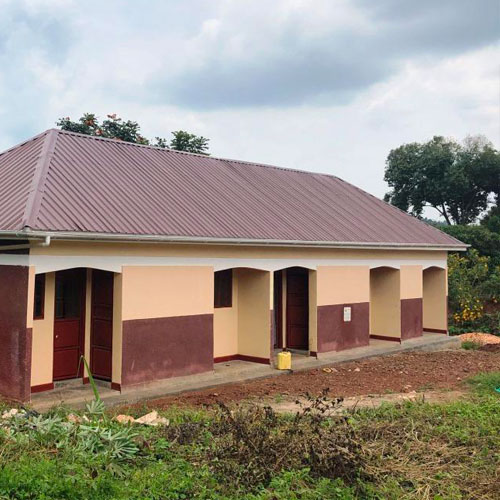
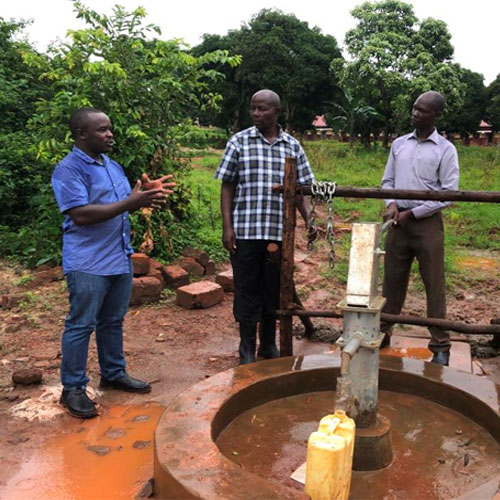


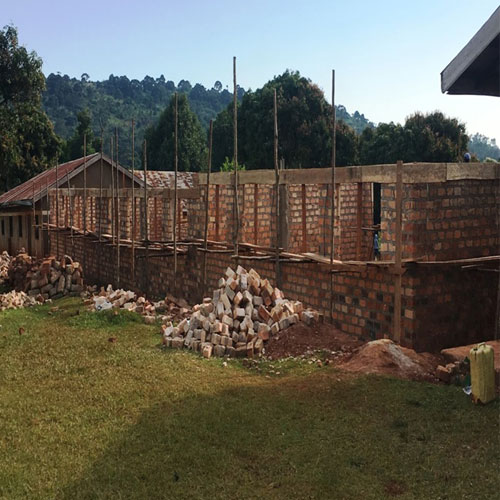
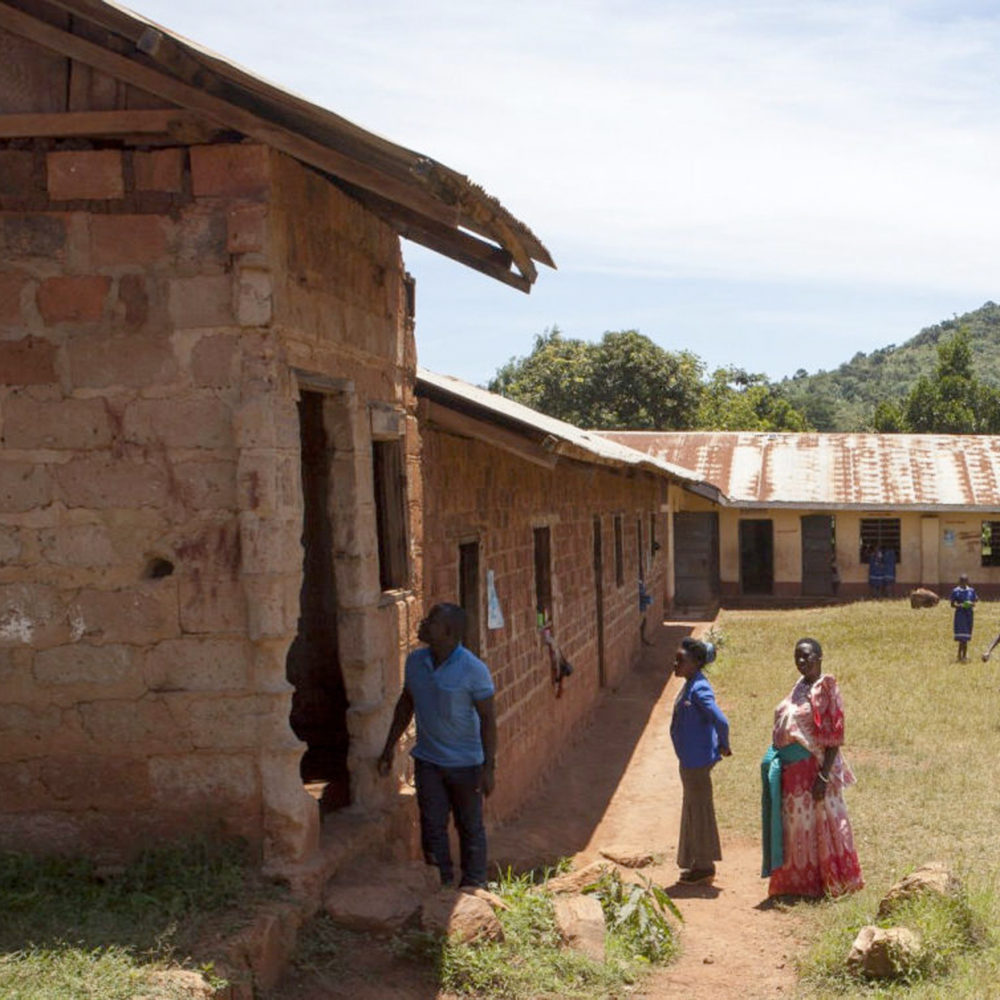
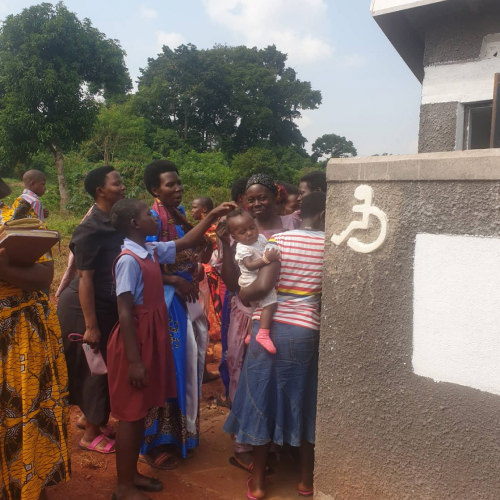
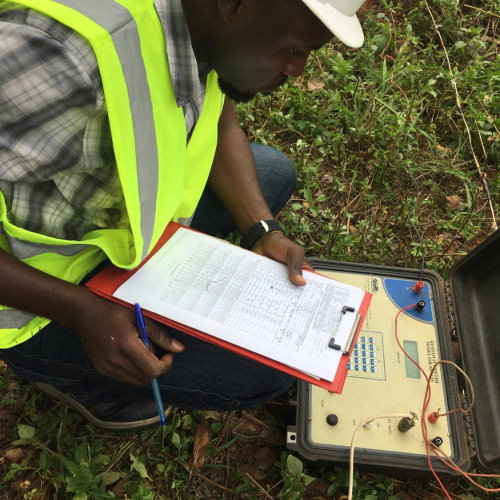
After the school openings in spring 2021, the implementation of the WASH and maintenance workshops was finally possible at the end of May/beginning of June. The workshops were actually planned for 2020, but did not take place due to the school closures. This means that all planned measures at the school have now been completed. Since June 2021, the schools have been closed again for at least 42 days.
Our local partner KIDA received five days of training on topics such as team management and motivation, organizational identity, leadership styles, and project management. The ten participants were able to take away a lot from the workshops and thus used the time effectively during the ongoing school closures.
The construction of the girl’s lavatories and the teacher’s houses has been finished. The teachers are now able to live close to the school. Ten lavatories, two of them accessible, enable the girls to wash themselves appropriately during their period. As soon as the pandemic-related restrictions allow, workshops on the topics of hygiene, health, menstruation and maintenance of the buildings will take place.
In the beginning of March, the construction work for the lavatories and teachers’s houses started. We also drilled the well and installed the water pump. The well was already fully functional in March and the water could be already used for the further construction work.
The teacher’s houses at the Nakibanga Primary School were ruinous and simply could not offer enough space. To prevent teachers from deciding to leave Nakibanga due to the poor conditions of the house and difficult commute to the school, we built new houses for them. Another issue at the school was that girls were often absent from school due to their monthly period and a lack of lavatories separate from the boys. We wanted to give all students the opportunity to take care of their hygienic needs. Therefore, we planned to construct a building with ten lavatories.
The new safe and modern buildings now offer enough space for about 500 students. The buildings and furniture provide adequate places for students to study.
Originally, it was planned to renovate two buildings and construct one building. However, after the renovation work began, it turned out to be a more cost-efficient idea to demolish one of the buildings and build a new one instead. With this in mind, we began the construction work of two new buildings
The most dilapidated building is being demolished. A new building will be constructed in the following months.
We were able to attend the opening ceremony of the new sanitary facilities and get to know the children and school management. In WASH-workshops with Viva con Agua Kampala the children have learned the proper use of drinking water and sanitary hygiene.
Diggings for two sanitary facilities with six stalls (each separated by gender) have started. Additionally, water samples were taken to find a suitable place for a well.
Goal: 167.262 €
Goal: 294.202 €
Goal: 52.565 €
Goal: 600.776 €